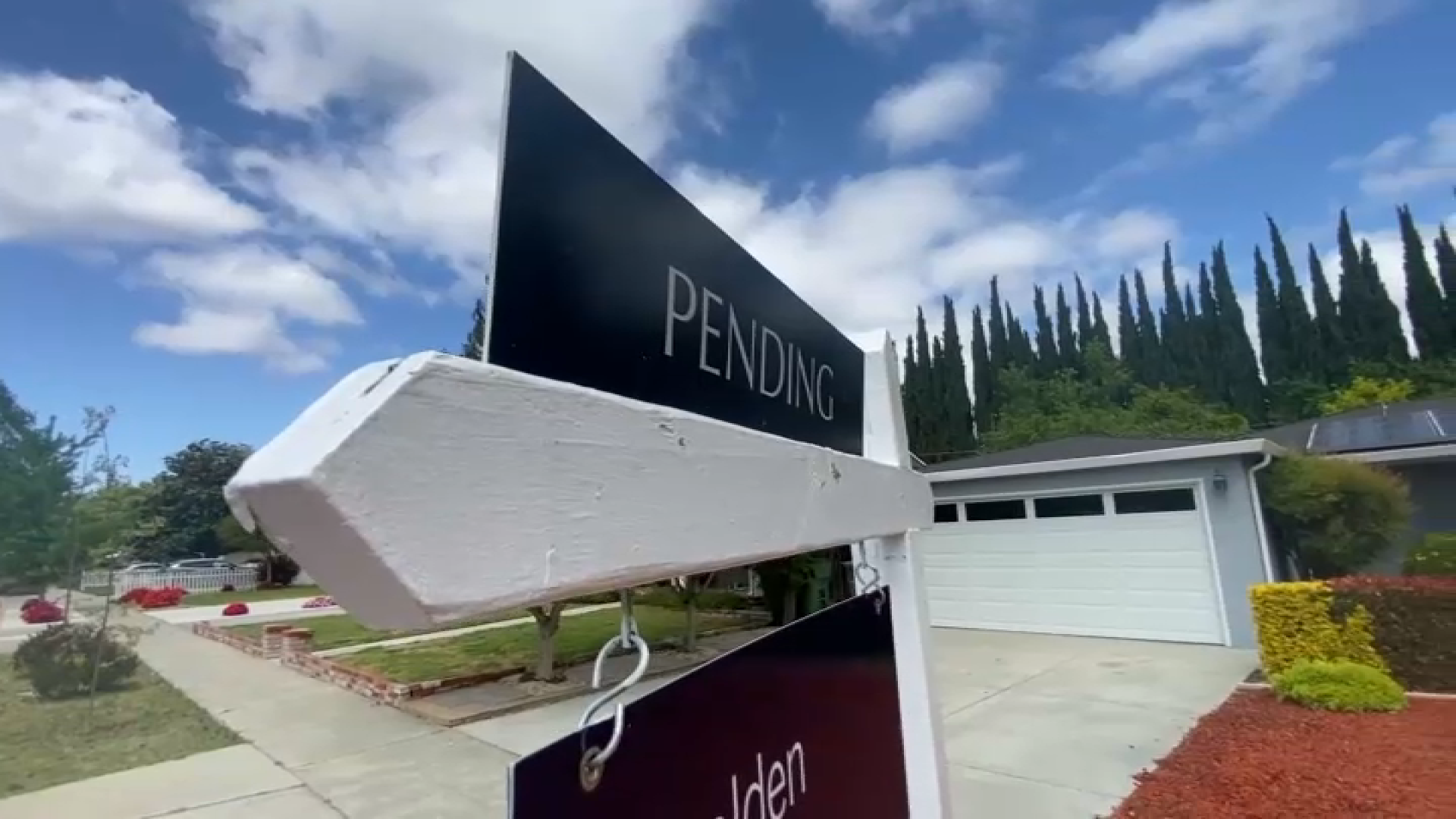Robin Hilarides glanced at the blackened trees standing lifeless and stoic just beyond the cabins of the Yosemite Riverside Inn in Groveland. She pointed to the line where firefighters set backfires to stop the Rim Fire from chewing through her family's hotel business at the edge of Yosemite National Park.
She recalled the day last August when the sheriff showed up at the door telling the family and their guests they had 15 minutes to evacuate.
She remembered her husband saying, “’Well, honey, I guess the Lord has different plans for us, because we’re done,’” she said. “Because we really thought this place was going to be gone.”
But when the Hilarides returned, the inn and its outcropping of reddish cabins were still standing. Yet all around them was a blackened lifelessness. The trees were capped with rust-colored needles and leaves, illustrating the fire’s merciless path.
Even now, eight months later, the kids still can’t ride their bikes in the forest for fear of falling into a hole left by a burned-out tree stump.
“It’s hard, especially for our kids,” Hilarides said. “They want to be out roaming like they always have, and they’re very confined.”
The Hilarides tried to quickly bounce back the way mountain people in this area always have after fires. They hired cleaners to get the smoke smell out of the cabins. They were ready to reopen in October — but then came the federal government shutdown, and Yosemite closed to visitors. It wasn’t until December that the Hilarides hosted their first post-fire guest.
But Robin Hilarides sees life coming back. The grass between the blackened trees is showing a bit of green. Workers are cutting down the blackened trees and milling them into lumber. She hopes the tourists won’t be far behind.
- RAW VIDEO: Rim Fire Rages Near Yosemite National Park
“I think a lot of people want to see where the fire took place,” Hilarides said. “Everybody’s heard about the Rim Fire.”
Local
The Rim Fire scorched more than 400 square miles of forest land in and around Yosemite National Park. It claimed thousands of acres of animal habitat, streams and watersheds and cost the state $127 million just to put out.
The fire forced the City of San Francisco to temporarily shut down several of its hydroelectric power stations in the area after the fire scorched wooden transmission poles and wires. The roof of the Holmes hydroelectric plant burned in the fire.
“During the fire we were asked to cease our operations,” said Adam Mazurkiewicz, a water operations analyst for the San Francisco Public Utilities Commission. “Partly for firefighter safety and the potential for igniting additional fires.”
Aside from some falling ash, San Francisco’s water source at the O’Shaughnessy Dam in Yosemite wasn’t impacted.
Following the fire, the PUC quickly replaced hundreds of wooden transmission poles and wires – it took several weeks to reopen the hydroelectric plants. Like other land owners, the PUC began milling and selling off burned trees to offset some of the costs.
“Along our right-of-way we were able to sell some of the timber,” Mazurkiewcz said.
A drive through the fire region feels like a journey across a barren planet – miles of blackened trees line the highway like the quills of a porcupine.
The road into the Yosemite Riverside Inn is still blocked with yellow signs advising visitors to keep out because of fire damage. The inn’s plastic sign melted in the fire and bubbled at the bottom, as if it could spill out onto the dirt at any second.
Hilarides said the damage is a painful reminder of what they almost lost. Still, she hopes that even the damaged parts will help draw visitors back to this mostly majestic land.
“We’re ready to go on,” Hilarides said. “Just trying to put last year behind us a little bit.”



